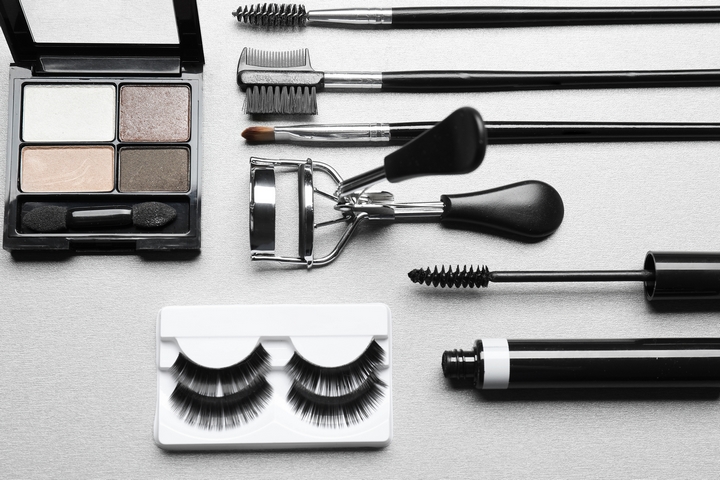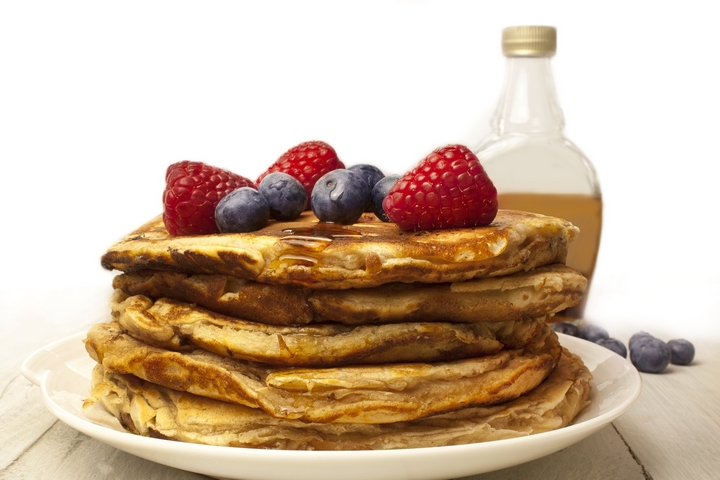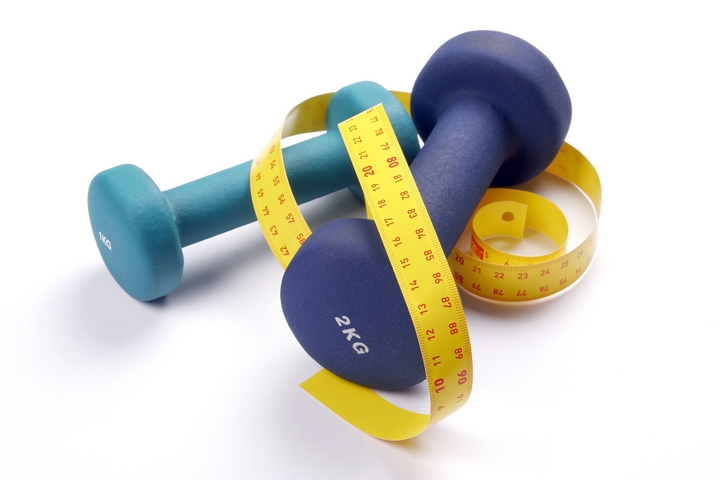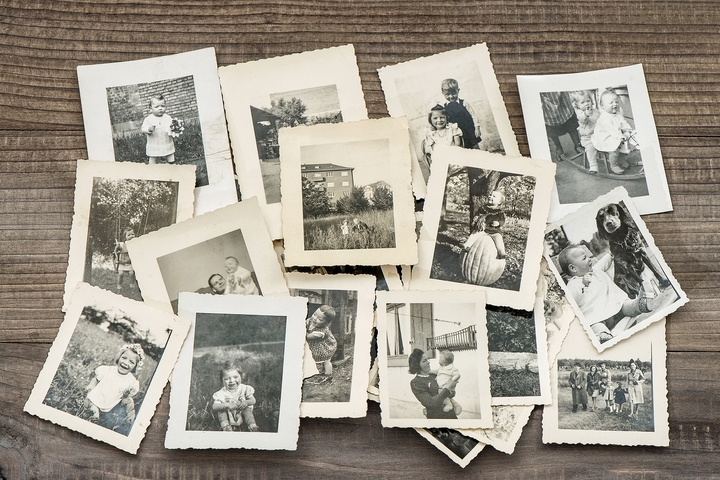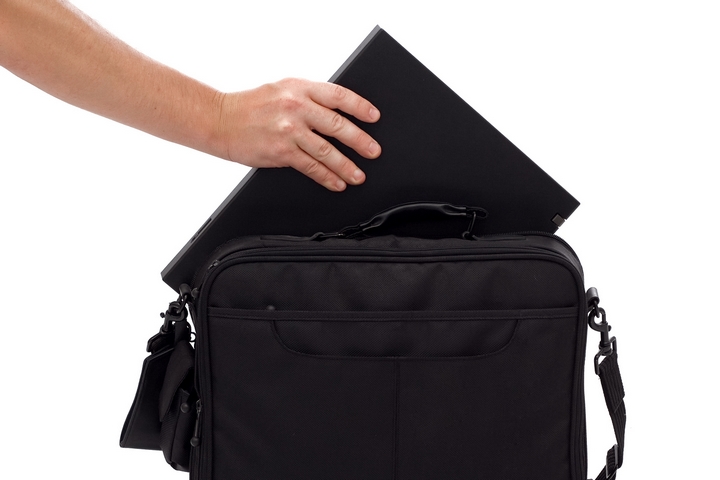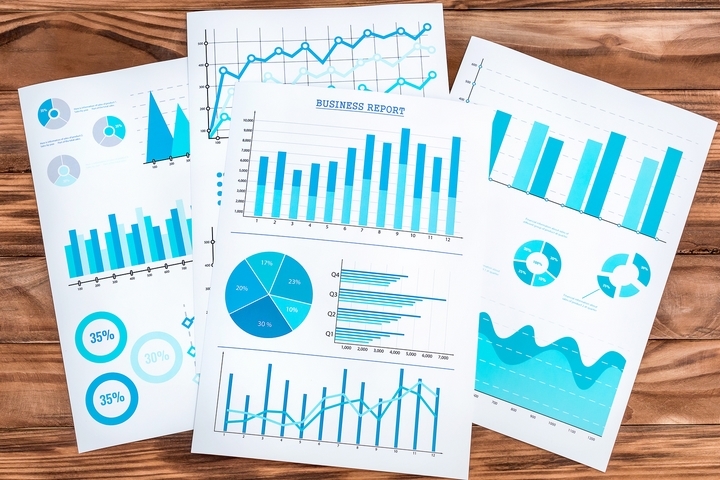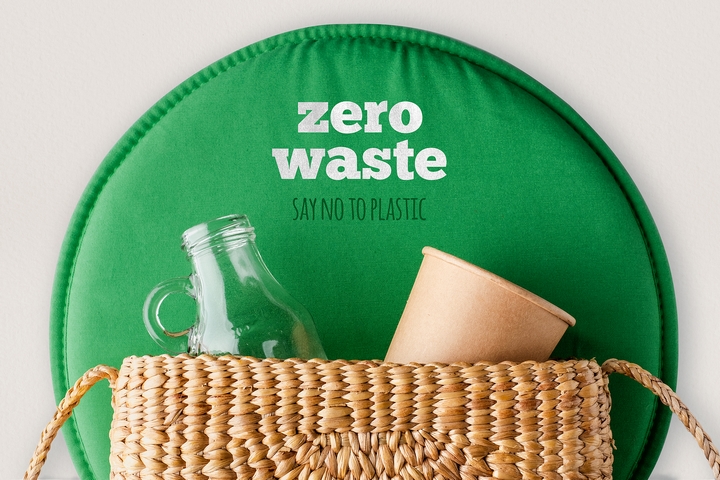
There are many creative ways to use eco-friendly packaging for your business products. By thinking outside the box, you have the potential to design unique and innovative product packaging. Ideally, your eco-friendly packaging ideas will catch the attention of numerous consumers who, like you, care about the environment.
Using eco packaging for your products is only one part of the equation. If you really want your product to stand out, you need to find a creative packaging idea that will combine design and function. The best packaging ideas should be both user-friendly and environmentally friendly.
Need some inspiration? Check out these seven eco-friendly packaging ideas for businesses!
Idea #1: Use paper bottles instead of plastic bottles.
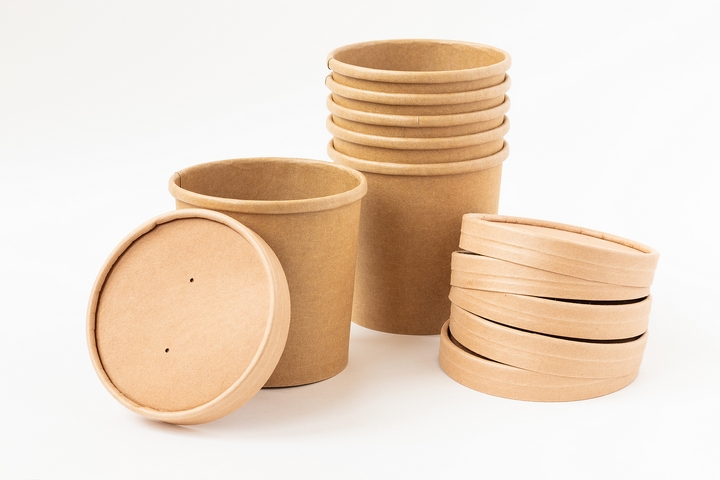
Even though plastic bottles can be recycled, they often end up in landfills or in the ocean. Instead, businesses may want to consider using paper bottles for their packaging ideas. Paper is a versatile material that can be used to package different products, including beverages, soap, shampoo, or even laundry detergent.
Paper bottles are a convenient, sustainable, and eco-friendly alternative to plastic containers. These bottles are also sturdy, manufactured through a special process to ensure they will not leak. When the bottles are empty, they can be conveniently recycled or composted after use.
Idea #2: Use aluminum cans with no paint.
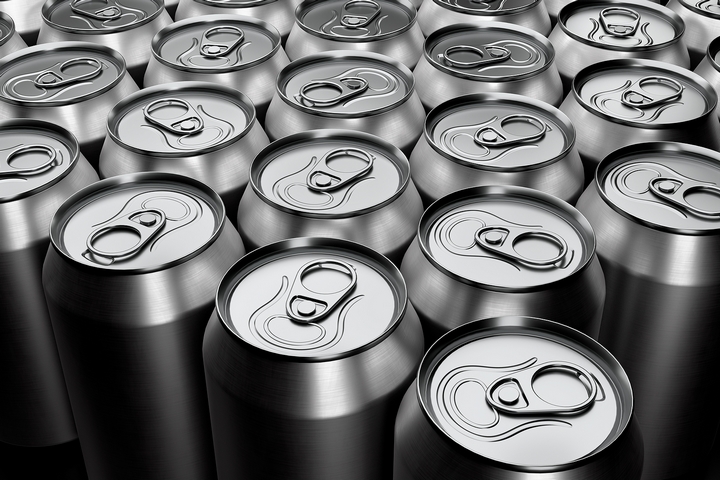
Aluminum can be recycled indefinitely, and recycling it requires less energy than creating new aluminum. As used aluminum cans are melted in the recycling process, certain impurities like the paint or the coating should be removed first. To make recycling aluminum cans easier, you could emboss your logo on a can instead of having it painted. This would result in a minimalist look that will surely stand out among colourful cans.
Idea #3: Use minimal printing in your packaging ideas.
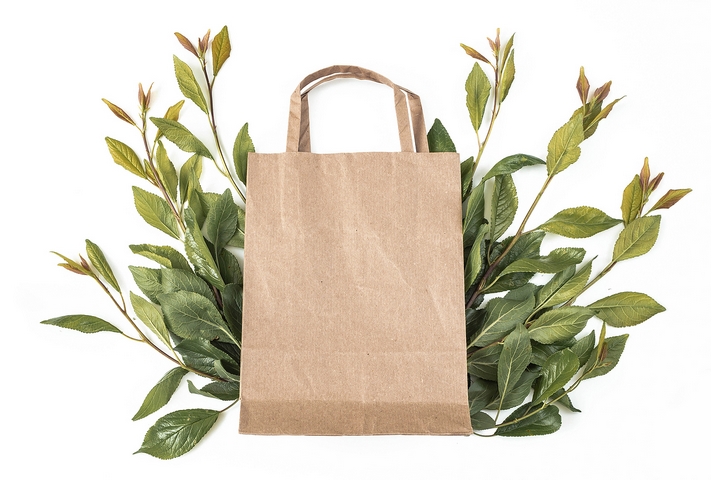
Even though some types of inks are more environmentally friendly than others, the process of printing logos, images and text on product packaging can generate harmful emissions. Depending on the type of product packaging, you could limit the amount of information printed on it. You could even design packaging that requires no printing at all.
A great substitute to printing in ink is by embossing your logo and other text on cardboard. Not only is this method eco-friendly, but it also gives your packaging a unique and interesting texture that might intrigue consumers.
Idea #4: Reduce the number of cardboard boxes used.
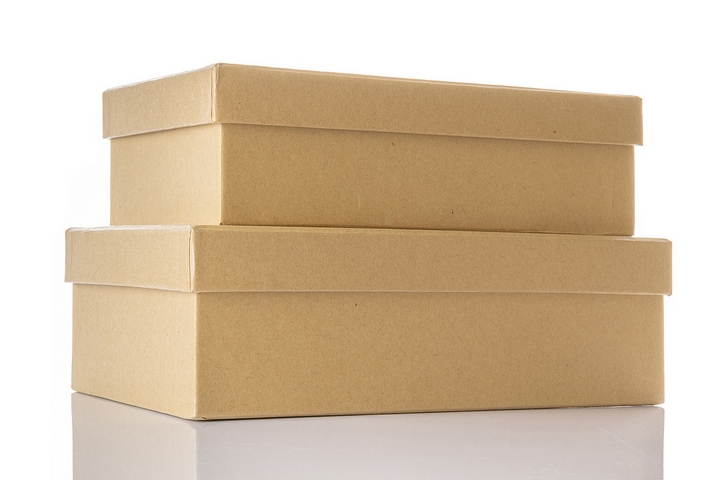
Packaging should give information about the product inside, and it should protect the product on its journey to the consumer’s home. If your product already comes packaged in a cardboard box, it isn’t always necessary to use a second box for shipping purposes.
It’s perfectly possible to design a beautiful yet sturdy packaging made entirely from cardboard, with no plastic clam shells. This box can double as a shipping box, thus reducing the amount of packaging materials used.
Idea #5: Use compostable flexible packaging.
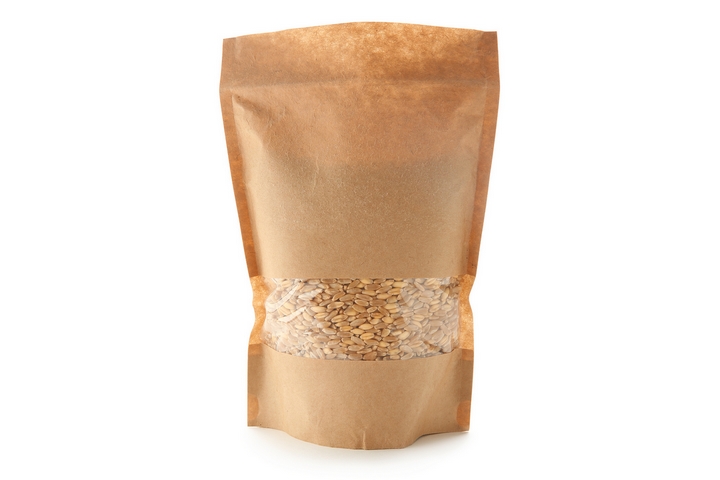
Flexible packaging is convenient because it protects food items and prolongs their shelf life. However, some traditional types of flexible packaging might use materials that are not easily recyclable. Fortunately, compostable flexible packaging has emerged as an interesting alternative. This type of packaging uses compostable materials that are great for sustainability.
This packaging is made from renewable materials that will turn into compost after they have been discarded. Consumers who make their own compost at home will be particularly interested in this type of flexible pouch that will end up enriching their garden.
Idea #6: Use jute bags that can be composted.
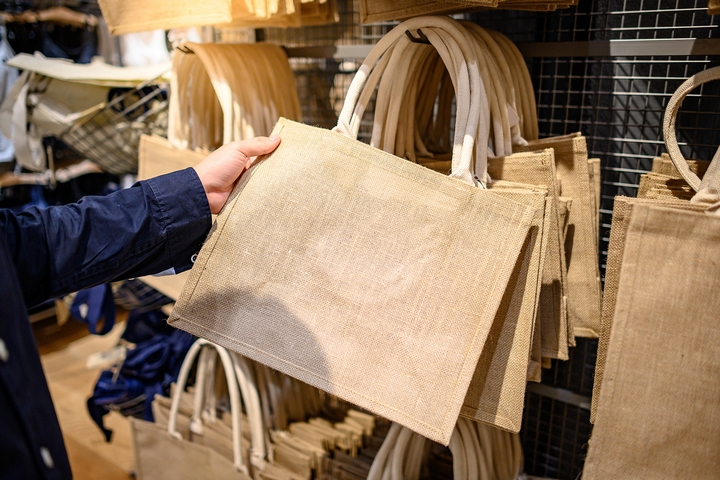
Jute fibre, which comes from the jute plant, can be used to create bags. Since this material is sturdy, it can become an eco-friendly alternative to plastic in many applications. Jute can be woven into shopping bags, gunny sacks to store dry food, or small pouches to package different products. These bags can be branded with a logo, which will advertise your brand if your customers decide to reuse them for other purposes.
Idea #7: Use a compostable bowl for food packaging.
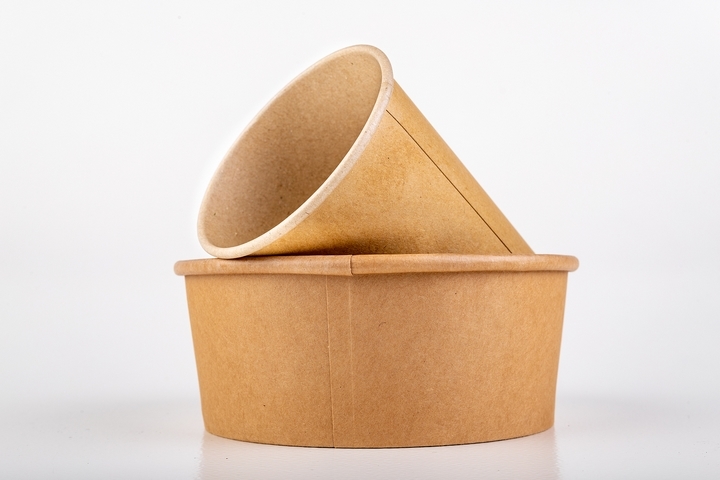
Styrofoam bowls and plates are not an eco-friendly option for food packaging. Many consumers who enjoy takeout or delivery would be happy to use a more environmentally friendly alternative. As a potential substitute, why not package the food you sell in compostable bowls?
Compostable bowls have great reuse value. A possible scenario is to use the bowls to plant seeds indoors in the spring, which will thrive into a garden at the beginning of the summer. As the plants grow, these bowls will slowly decompose and enrich the soil in your garden.





